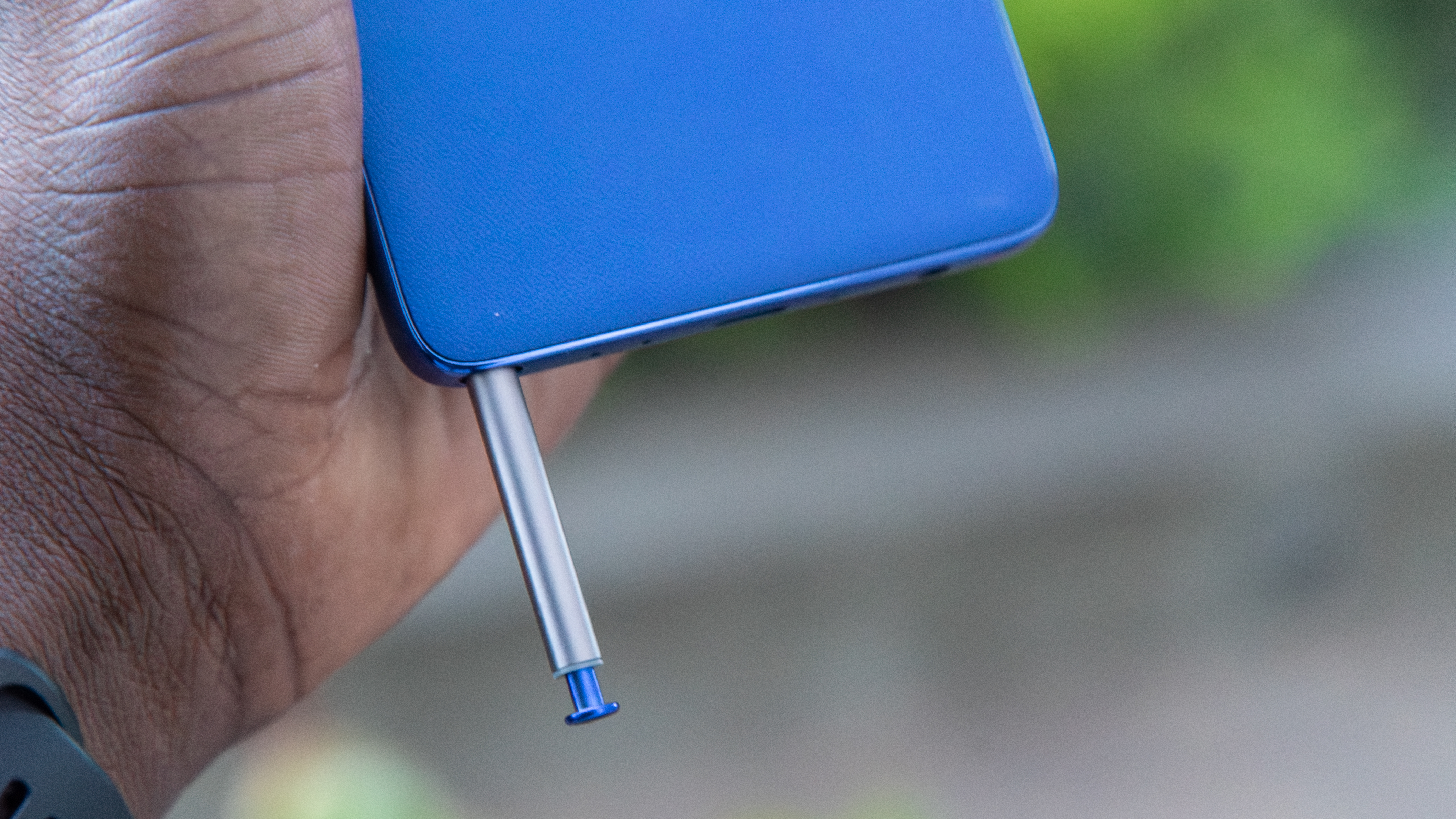A look inside some rugged Android phones reveals the shortcuts some phone makers are willing to take
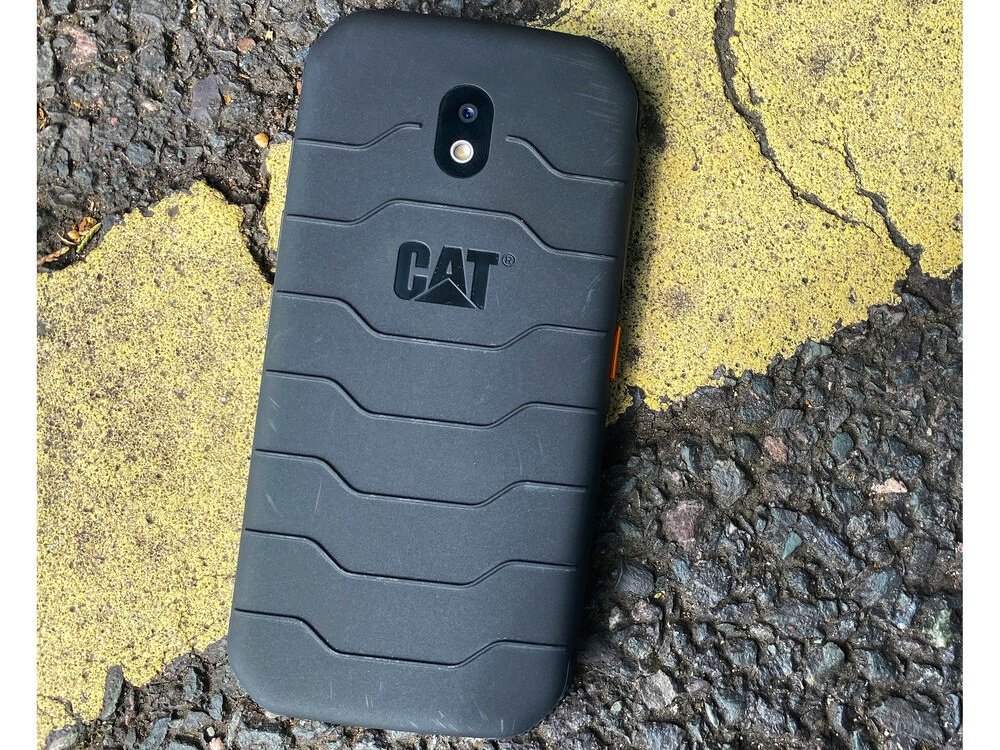
Most people aren't looking to buy the best rugged Android phone when they are shopping because they really don't need one. They tend to be bulky, they usually don't look very good, they often don't fit into pockets or phone holders, and taken together these factors are a bit more than anyone is willing to sacrifice. Thankfully, companies like Bullitt and Nokia make them for those who do need them.
For some of us, a rugged phone is a must. Your shiny, thin, glass-backed premium phone wouldn't be able to take the abuse of day-to-day life on a construction site or on the hip of a first responder. There is a market for rugged phones, but since Samsung seems to have ditched the idea, it's filled with phones that don't scream "flagship." Thankfully, they also aren't priced the same way something like a Galaxy S21 is — some rugged phones from Chinese brands come in under $200. But it turns out there is a reason some can be priced so low.
CCS Insight tore apart three popular rugged phones to see what was inside. That's great because nobody wants to tear open a phone they just bought, but we're all curious to find out what makes them tick. CSS Insight opened phones from CAT (manufactured by Bullitt), Blackview, and Doogee. These are phones you can buy at Amazon and ones that are generally well-received by the people who buy them.
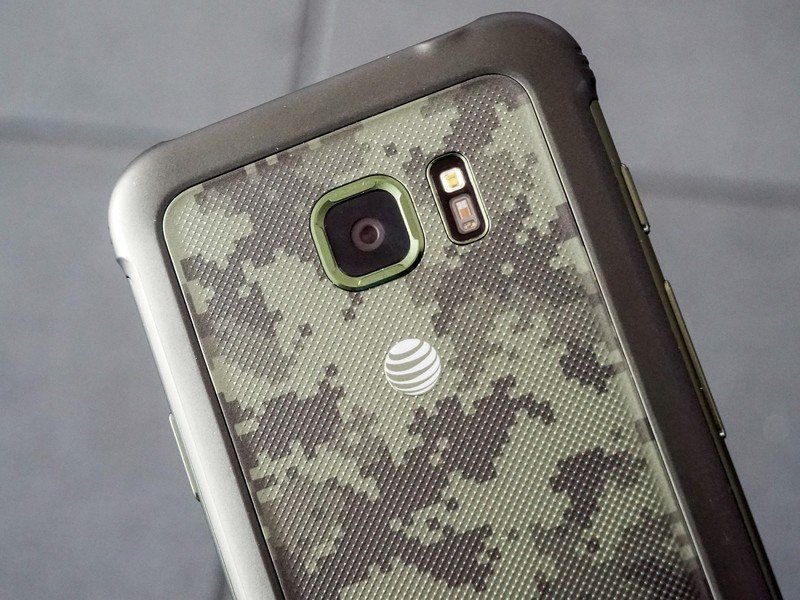
What they found tells a story. CAT branded phones aren't trying to compete with high-end phones from Samsung or Google. Instead, they are designed to be MIL-SPEC tough (meaning you can beat the daylights out of them and they won't break) and do everything you need a phone to do. The CAT S42 isn't the most expensive or newest model available, but it is one of the best-selling at $299.
For many, a good, cheap, rugged Android phone is a godsend.
The competition from Chinese brands Doogee and Blackview also sell well inside their category, and users seem to be satisfied with their functionality. The difference is that these phones both retail for under $200 and, in some cases, have better specs than CAT's value model. All three phones were watertight and passed MIL-SPEC testing, but things inside went off the rails.
Some of the most concerning differences CSS Insight found in the components was that generic parts were reworked during assembly to make them fit inside the watertight chassis, camera components were replaced by "dummies" intended to fill camera cut-outs in the back glass instead of actual cameras, and that some parts weren't new; the manufacturer appeared to be using used parts inside a brand new smartphone.
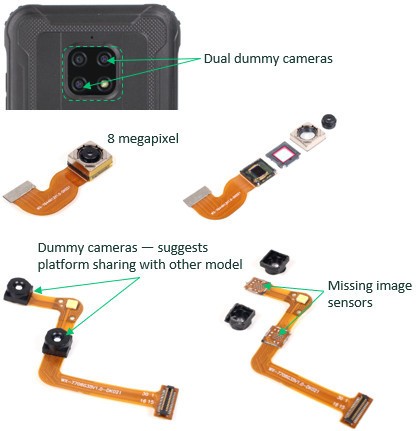
The first two issues really aren't that big of a deal. As long as the phones retain their IP and MIL-SPEC ratings, it doesn't matter that antennas needed to be adjusted or holes for extra cameras are filled with black plastic disks. But the fact that what appears to be used parts are inside these phones is another story. Android Central reached out to Anshel Sag, Senior analyst at Moor Insights & Strategy to see what he thought about these practices.
Be an expert in 5 minutes
Get the latest news from Android Central, your trusted companion in the world of Android
Cutting corners also cuts costs and the retail price. But your customers need to know.
Sag has been in this industry for a long time, and he seemed genuinely surprised. He said that these phone makers certainly "appear to make sacrifices in multiple ways to compete with the more expensive rugged phones on price" and confirms our own thoughts about what we are seeing from CSS Insight's article.
That's not necessarily a bad thing. As mentioned, users buying these sub-$200 rugged phones are leaving few bad reviews and seem to be satisfied that they are getting their money's worth. That's really all anybody wants — to feel like what they bought was worth the asking price.
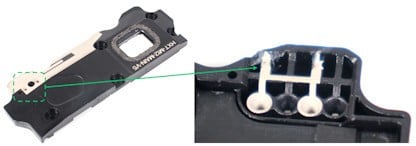
What is a bad thing is a phone maker who is putting used parts inside a phone without disclosing it. I imagine that these aren't parts pulled out of the dumpster or anything equally bad, and "recertified" components can be as good or better than new ones. But consumers have the right to know that the reason the phone they are buying is so cheap is that it's filled up with spare parts from other phones, included used parts.
We reached out to both Blackview and Doogee for comment, though neither has responded to date. We'll update this article accordingly if and when that happens. Mr. Sag, however, once again confirmed our thoughts:
While being competitive on price is good, some corners shouldn't be cut, and if used parts are indeed being utilized, the consumer has the right to know. Not all consumers care; in fact, some may be perfectly fine with it as long as they understand that is why their devices are so inexpensive.
I'm not cheerleading for any brand. I don't own a CAT phone and have no plans to buy myself a cheap, rugged Android phone. But this multi-device teardown shows that there is a reason the CAT S42 is $100 more — it's built to be rugged while the cheaper competition just isn't. CSS Insight ends its article with words of wisdom: Low-cost Chinese manufacturers appear to be masking the large differences in quality of design, leaning on the appearance, rather than quality, of ruggedness.
Caveat emptor — buyer beware.

Jerry is an amateur woodworker and struggling shade tree mechanic. There's nothing he can't take apart, but many things he can't reassemble. You'll find him writing and speaking his loud opinion on Android Central and occasionally on Threads.
